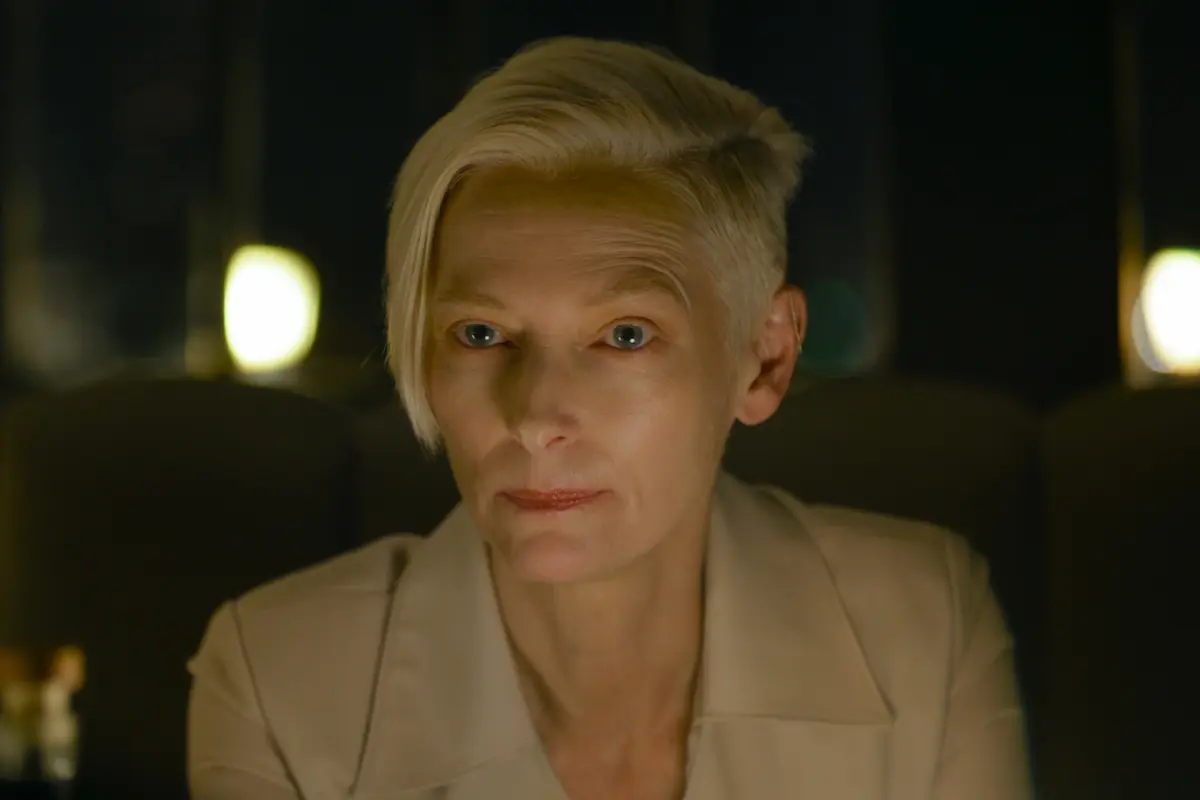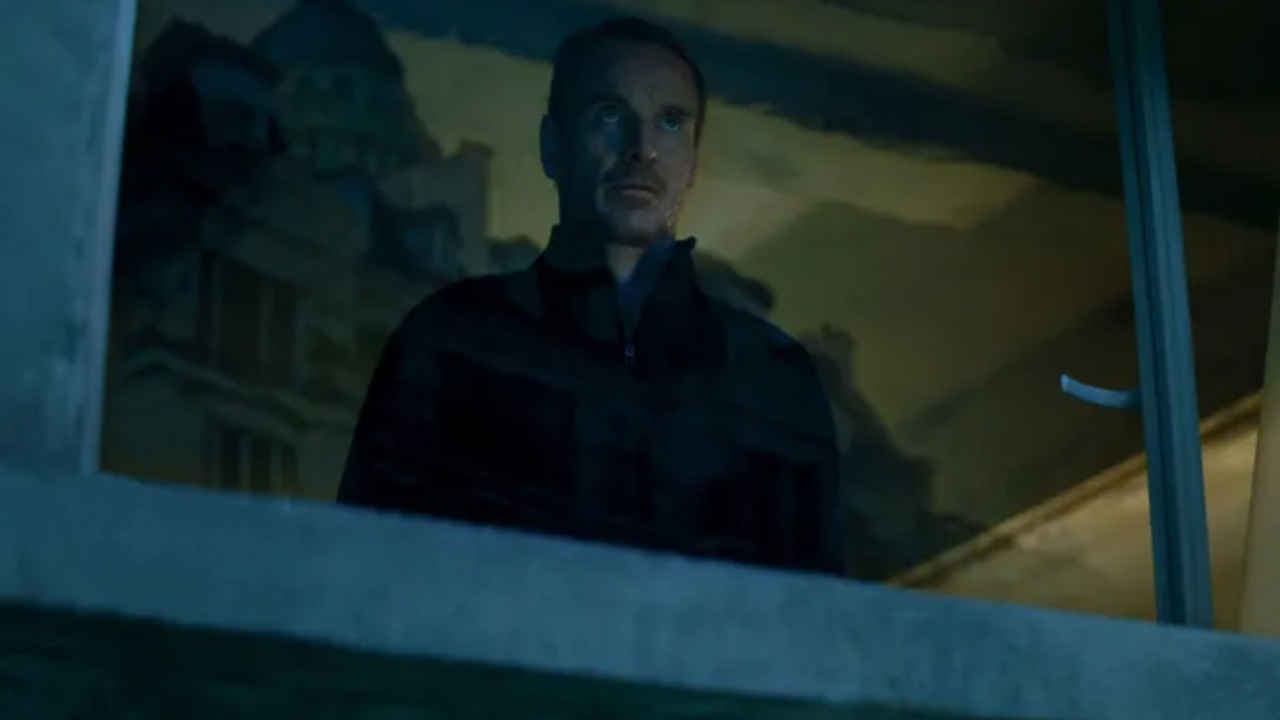David Fincher’s The Killer concludes with a calm and reflective ending rather than the explosive finale audiences might expect from an assassin thriller. The film, adapted from the French graphic novel by writer Alexis “Matz” Nolent and artist Luc Jacamon, follows Michael Fassbender in the role of an unnamed professional killer.
Throughout the film, The Killer is meticulous, calculating, and highly skilled, yet he is ultimately faced with threats not only from other assassins but also from people within his own circle. By the end, he manages to eliminate nearly everyone who poses a danger to him, including rival assassins and his own handler, who had secretly put out a hit on him following a failed mission.
In the climactic moments, The Killer tracks down Claybourne, a wealthy businessman involved in the plot against him. Fassbender’s character gains access to Claybourne’s home by cloning his keycard, signaling the final confrontation. Unlike many assassin narratives that end with dramatic violence or revenge, this scene focuses on dialogue and strategy. The tension is built around the idea of power and consequence, rather than a simple kill or capture scenario.
When The Killer finally meets Claybourne, their conversation revolves around the events that led him to the billionaire’s doorstep. The assassin questions Claybourne’s motivations, wondering if the hit was personal. Claybourne admits he is inexperienced in commissioning assassinations and claims he holds no personal vendetta against The Killer. He suggests that the hit was purely an insurance measure, meant to ensure that The Killer would complete the job or face consequences for missing his target.
Instead of killing Claybourne, The Killer issues a warning. He makes it clear that if Claybourne ever considers putting out another hit on him, he will be killed. This decision highlights the strategic side of The Killer’s character. Rather than seeking vengeance for its own sake, he uses fear and leverage to control the situation. After the confrontation, he returns to the Dominican Republic to retire with his girlfriend, Magdala, enjoying a peaceful beach setting far removed from the violence that has defined his life.

Hodges’ Betrayal And Claybourne’s Role Reveal The Killer’s Strategic Choices And Survival
The reason The Killer was targeted in the first place is connected to Hodges, an attorney and handler for assassins. Hodges is displeased when The Killer fails to complete his assignment in Paris. Without The Killer’s knowledge, Hodges sets up a hit against him, aiming to eliminate a perceived liability. Claybourne later becomes involved, believing he needs to tie up loose ends because The Killer did not finish the mission he was hired for.
The plot against The Killer is motivated by both personal and professional reasons. Keeping him alive is dangerous because he now knows too much about the botched job. Hodges also sees The Killer’s failure as a direct threat to his reputation. From their perspective, removing The Killer is necessary to protect themselves and prevent any potential exposure. This dual motivation of self-preservation and professional pride drives the tension in the final act.
Despite murdering nearly everyone involved in the attempt on his life, The Killer chooses to spare Claybourne. This decision reflects a mix of calculation and hesitation. While The Killer is highly committed to his profession, his dedication is tested by his initial failure. Killing Claybourne is unnecessary and could even be counterproductive. By keeping the billionaire alive, The Killer creates a sense of indebtedness and fear, ensuring that Claybourne will not interfere in the future.
Claybourne’s survival reinforces the idea that The Killer values control and influence over brute force. By sparing him, he leaves a powerful individual in a vulnerable position. Claybourne is forced to live with the knowledge that The Killer could strike at any time, creating a psychological advantage for the assassin. This approach demonstrates that The Killer is as much a strategist as he is a deadly professional.

The Expert’s Bear-and-Hunter Allegory Highlights The Killer’s Obsession And Moral Hesitation
Tilda Swinton’s character, The Expert, delivers an important metaphor that frames the film’s existential themes. She tells a story about a bear and a hunter, questioning whether the hunter truly enjoys the act of killing or the thrill of the pursuit. In this analogy, The Killer is the hunter and his targets are the bear. The Expert’s joke highlights the tension between the excitement of the chase and the moral or emotional consequences of the kill.
The story suggests that The Killer enjoys the hunt more than the act of killing itself. This aligns with his behavior throughout the film, where he approaches assignments with meticulous planning but shows hesitation in moments that would define a traditional assassin’s moral clarity. The allegory captures the film’s broader themes about professional obsession, existential doubt, and the psychological toll of a life devoted to killing.
Throughout the film, The Killer relies on a variety of fake identities to move unnoticed and conduct his work. Interestingly, these aliases are named after 1970s sitcom characters, including Archie Bunker, George Jefferson, Sam Malone, Felix Unger, and Oscar Madison. While he presents himself as a highly intelligent and careful professional, these choices reveal a subtle irony in his persona.
The use of sitcom-inspired aliases suggests both a connection to the graphic novel’s original period and a commentary on his self-perception. Despite his inner monologue emphasizing caution and blending in, his initial failure in Paris demonstrates that he is not infallible. This contrast between his skill and his flawed execution adds depth to his character and underscores the tension between appearance and reality in his work.
While Fincher’s film primarily adapts the first volume of the graphic novel series, the story continues extensively in subsequent volumes. In later installments, The Killer is drawn out of retirement for new missions, including high-stakes international plots involving oil, banking, and political intrigue. He develops a family life but remains connected to his profession, showing that retirement is rarely permanent for a character of this type.
This continuation indicates that while the movie concludes with a sense of resolution, the character’s story is far from over. The narrative in the novels explores how personal life and professional obligation intersect for someone who cannot fully leave their past behind. The film sets up potential storylines that could extend into sequels, maintaining the tension between peace and violence.
The Killer’s retirement in the Dominican Republic is temporary in narrative terms. The decision to spare Claybourne, combined with the unfinished nature of his professional journey, suggests opportunities for future stories. The character is likely to return to contract work, either due to boredom or external pressures. Comparisons can be made to franchises like John Wick, where a retired assassin is repeatedly drawn back into violent conflict.
Fincher has hinted at the possibility of a sequel, leaving room for The Killer to face new challenges, take on complex missions, and navigate moral and existential dilemmas. The sparing of Claybourne also serves as a potential plot device for future conflict. While the film concludes on a quieter note than expected, it carefully sets the stage for the character’s continued evolution and potential cinematic franchise.



